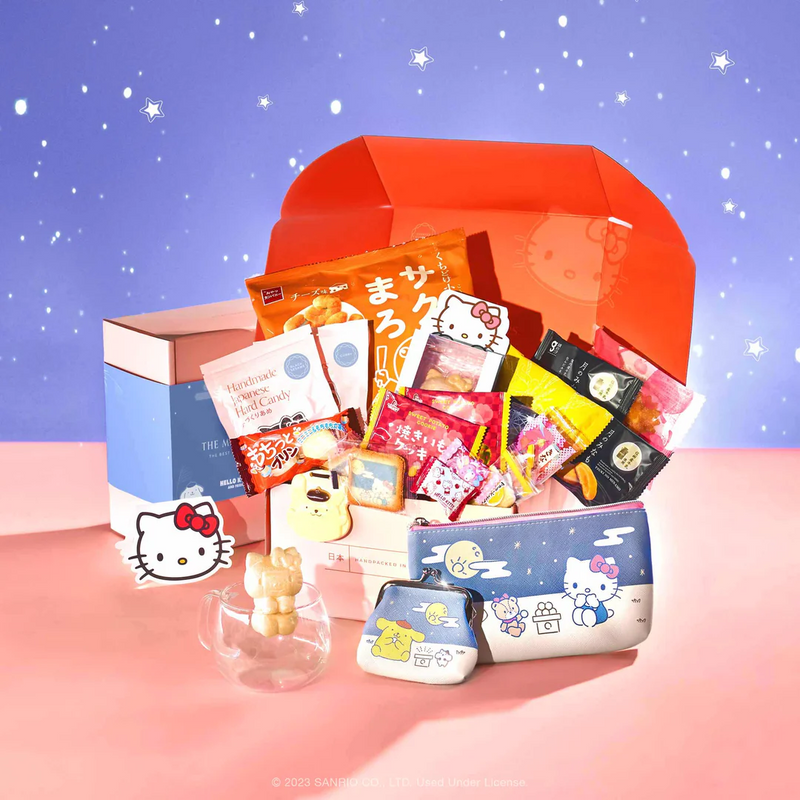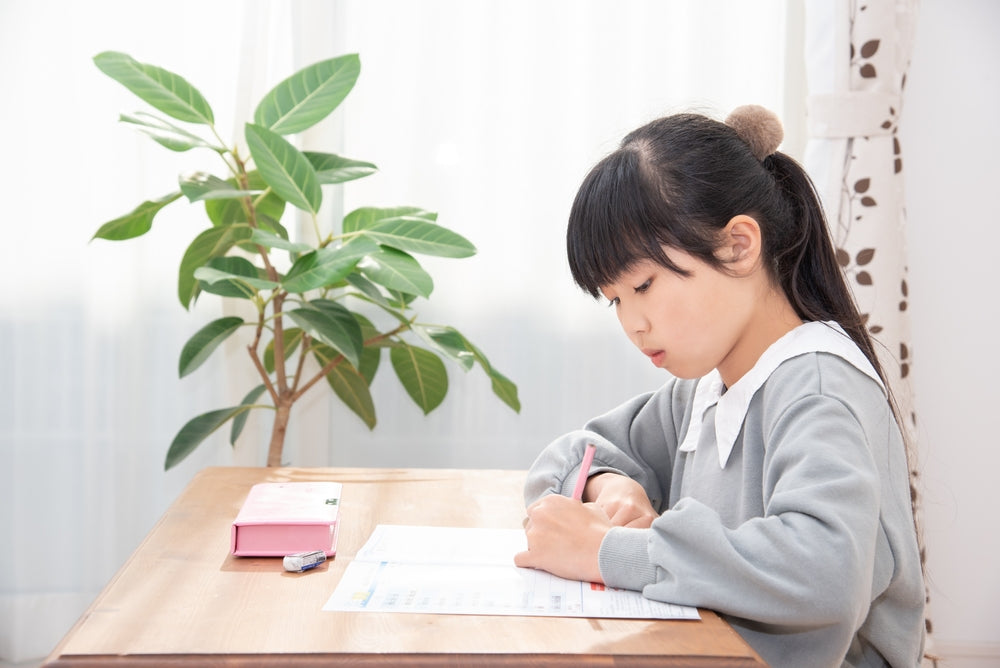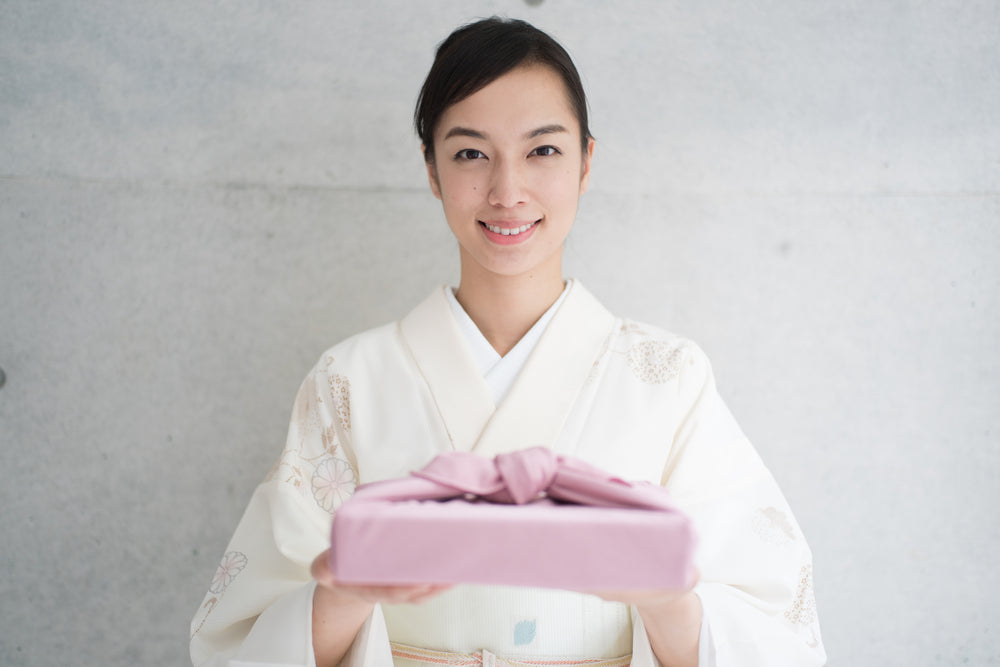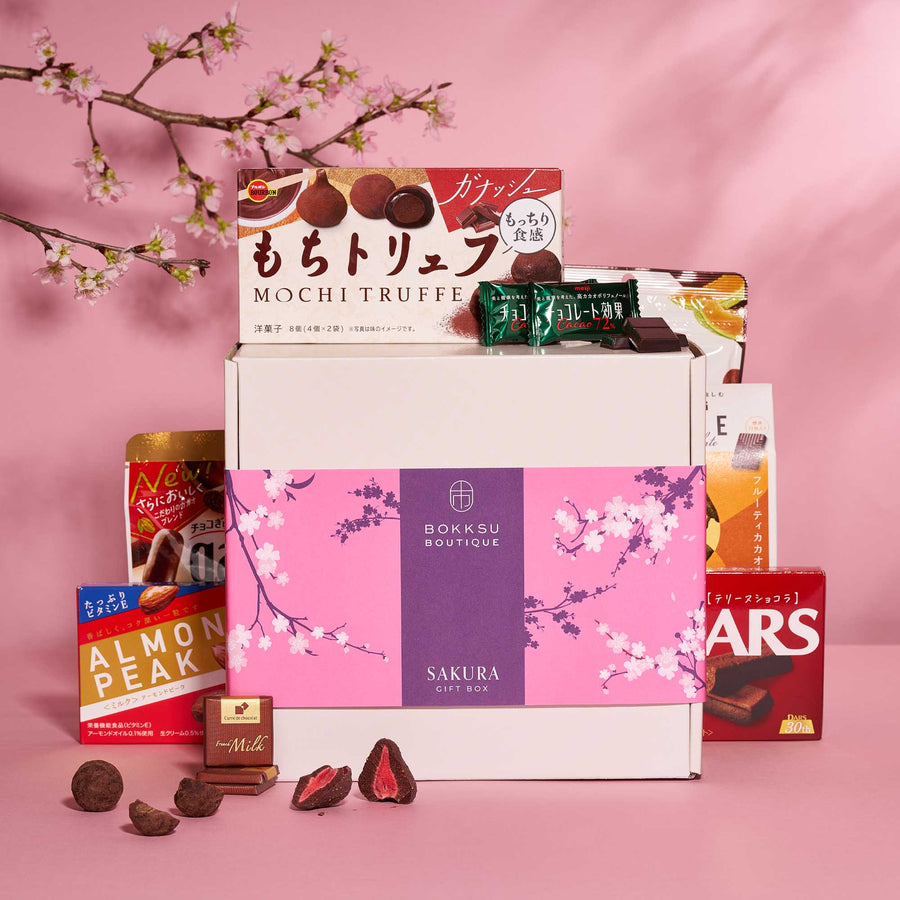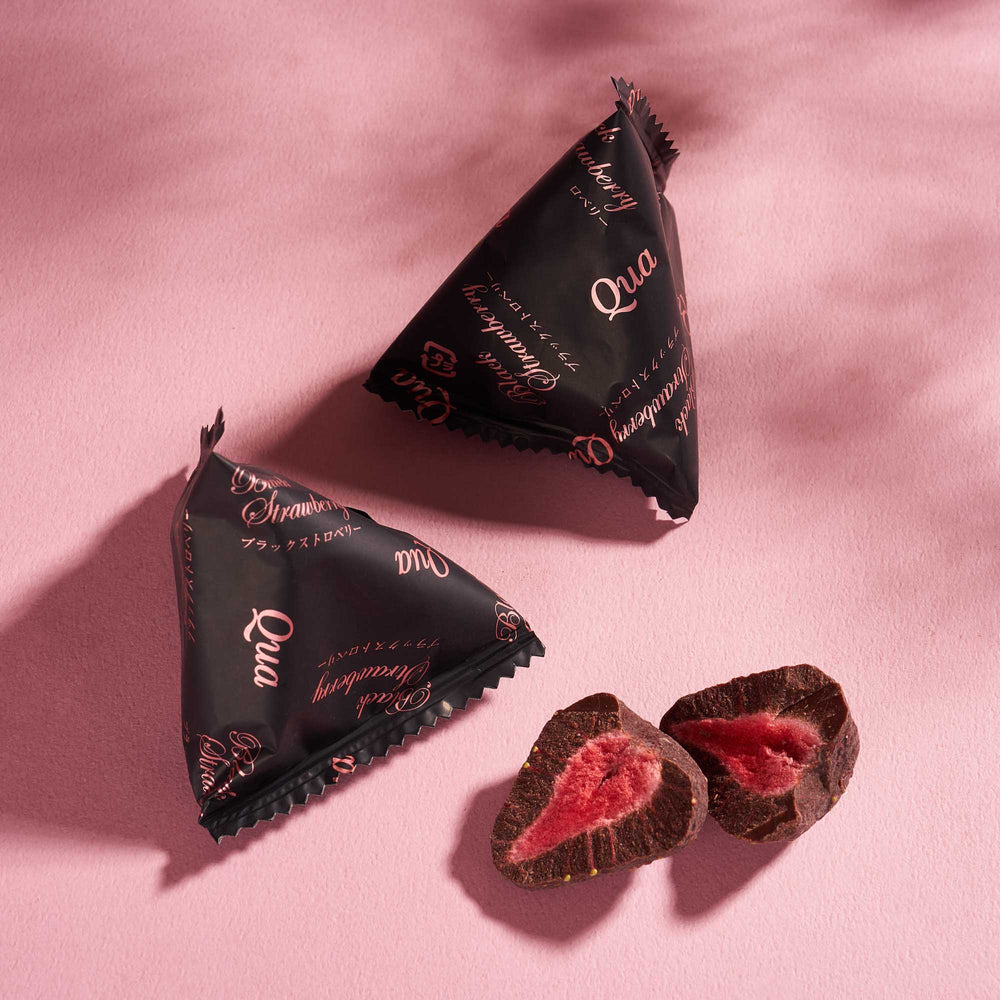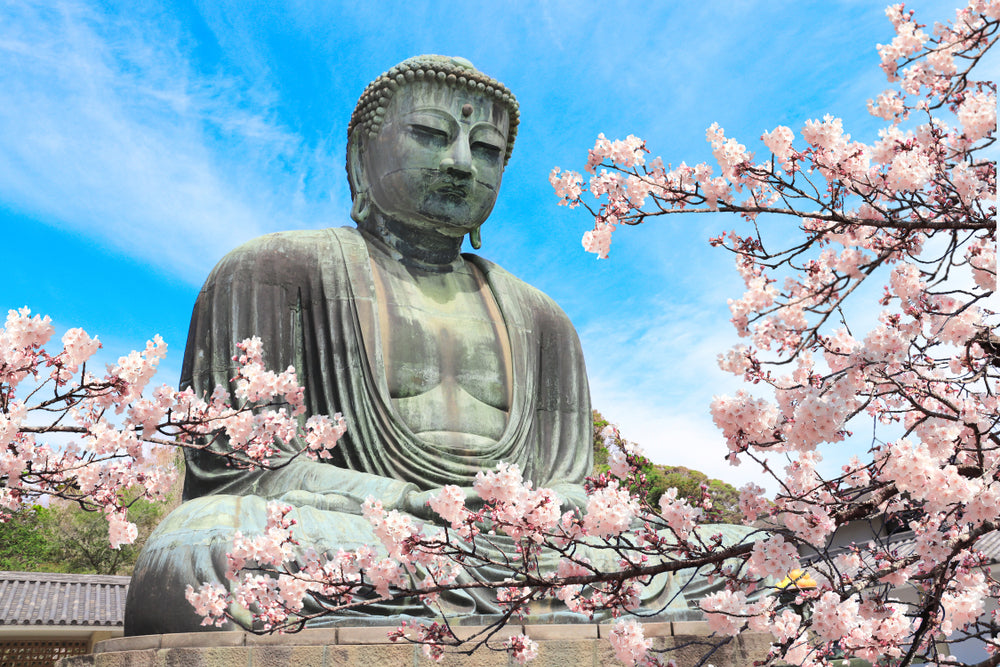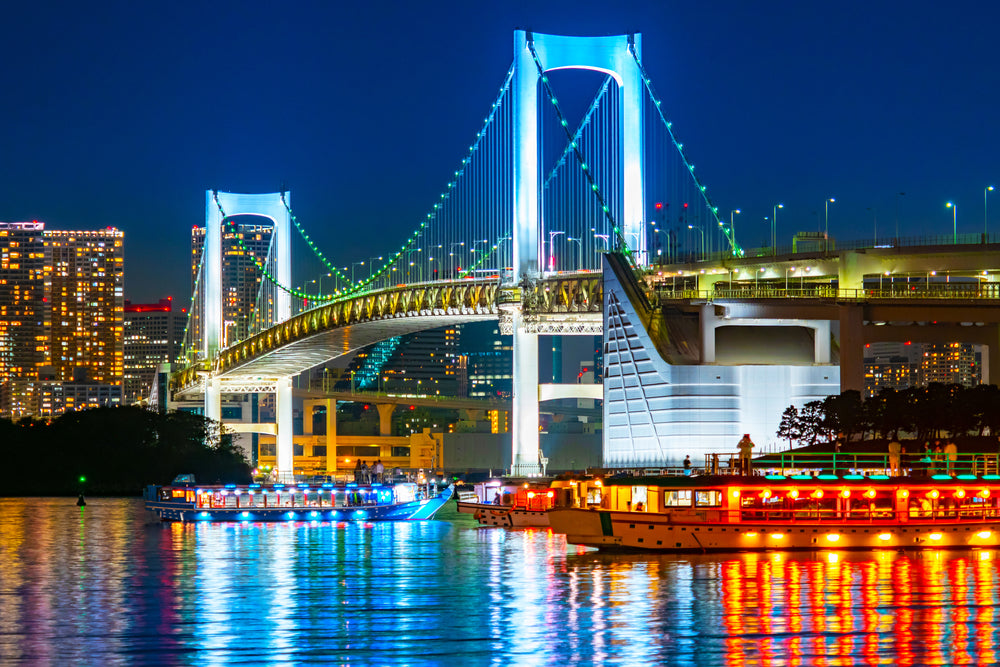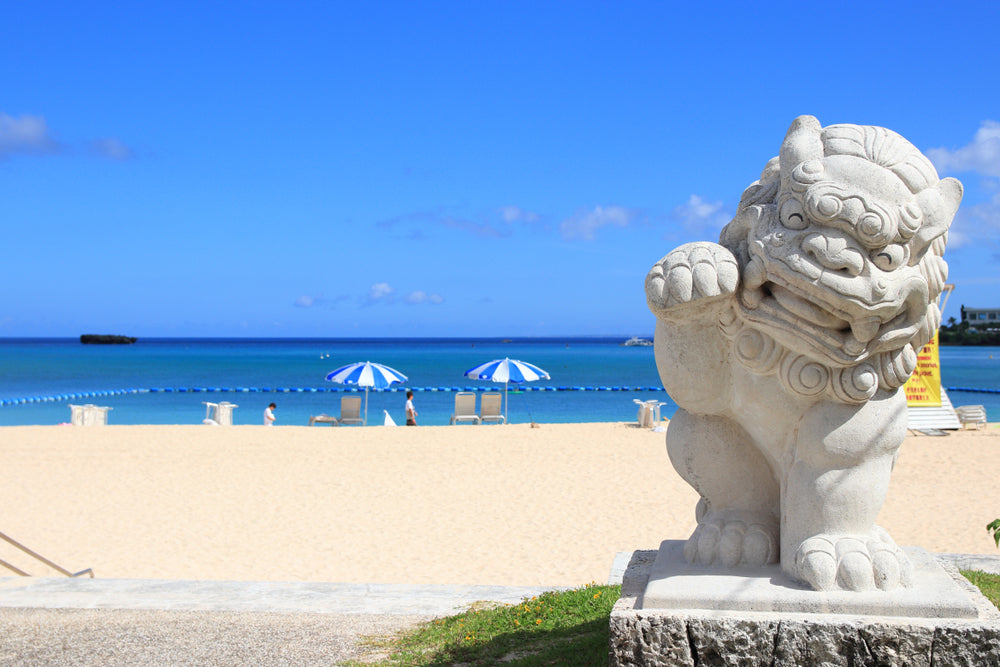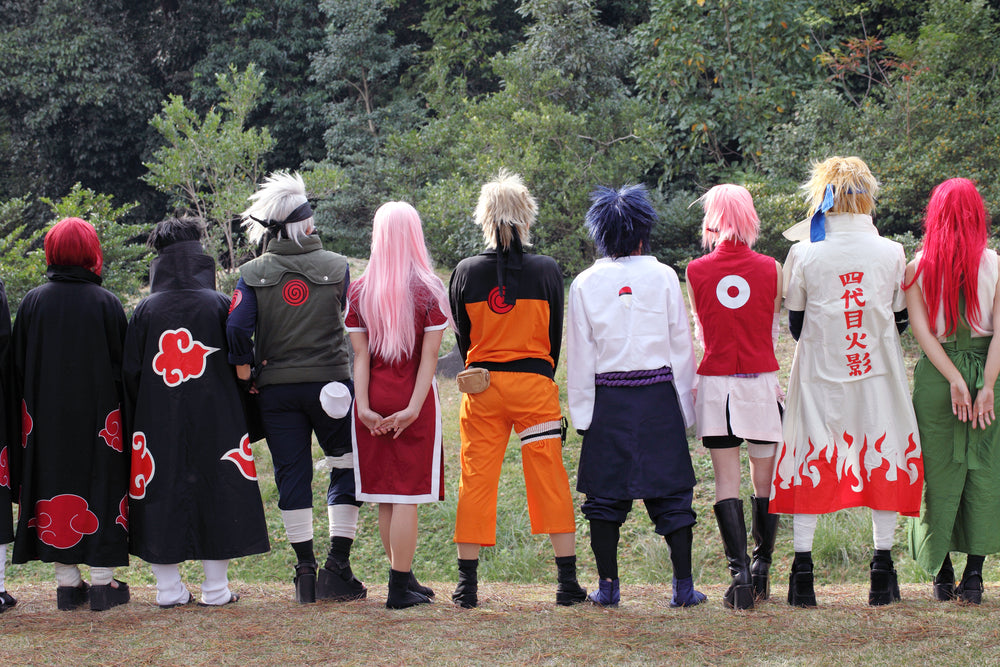Spilling the Tea: Why We Love Hojicha Japanese Tea
Have you heard of hojicha? We’re sure you’re already very familiar with matcha, but we also want to share our love for this delicious Japanese tea with its one-of-a-kind roasty toasty flavor!
Hojicha tea is classified as a green tea, which may come as a surprise because, when you make a cup, it yields a reddish-brown color. This is because hojicha goes through a process unlike any other green tea!
Green tea leaves are roasted over charcoal to make hojicha.
Literally meaning “roasted tea,” hojicha (ほうじ茶) is initially processed like all other green teas: Tea leaves are harvested, steamed, dried, and rolled. Then, it goes through an extra step where the leaves are roasted over charcoal. This changes the leaves from green to brown, and this is also where the leaves gain their smoky, toasted flavor.
Hojicha was first brewed into existence around the 1920s in Kyoto, the green tea capital of Japan. It is believed that hojicha was invented by a merchant who had some leftover tea leaves and stems and, rather than letting them go to waste, he tested out roasting them over charcoal. Of course, these days, hojicha isn’t made with leftovers, but with quality tea leaves!
As we previously described in our gyokuro green tea spotlight, there are various grades of tea. At the top of the green tea tier is gyokuro, which is then followed sequentially in terms of quality by sencha and bancha green tea. Sencha is harvested early in the season and is the most widely consumed green tea in Japan. Bancha is a lower-grade tea made with leaves harvested later in the season. Most hojicha is made using sencha leaves, though there are also some made with bancha.
If the unique toasty and almost caramelly flavor isn’t enough of a reason to add hojicha to your tea routine, here’s a couple more reasons we love it!
Mellow flavor – Due to the steaming process, green tea leaves are generally less bitter, especially in comparison to black teas. Hojicha’s additional charcoal roasting process not only changes the color of the tea leaves but also makes the flavor milder and easier to drink.
Plays well with others – Since hojicha has a gentle flavor, lacking the “grassy” profile of stronger green teas like gyokuro, it pairs well with pretty much anything in our Japanese snack boxes, both savory and sweet. Additionally, because hojicha is low in caffeine, it is served in Japan to kids and the elderly.
Great for coffee lovers – The roasted, nutty flavor and aroma is often well-received by people who love a cup of joe but are shy about teas. If you’re just starting to explore Japanese teas, or have a tea-skeptic friend, we highly recommend hojicha!
Perfect all-year round – Hojicha tastes great hot or cold! Make a glass of iced hojicha in the summer for a cool, soothing drink.
Finally, another great reason to love hojicha is that, just like there’s many matcha snacks on the market, there are also hordes of hojicha-infused sweets in Japan!
Hojicha Kit Kats are exclusive to Kyoto, but you can get them right here at Bokksu!
The Hojicha Tea Kit Kats are especially well-loved, capturing the caramel-like flavor of the tea in a white chocolate. Hojicha lattes have become increasingly popular in Japan in recent years, even inspiring mochi snacks with hojicha-flavored chocolate cream! Hojicha goes well with chocolate because it won’t clash with the richness, so, for tea time, we love pairing it with Tokyo Chocolate Banana sandwich cookies or Rich Baked Chocolate mini cakes.
Hojicha is just one of the many Japanese teas you can try out in our Japanese subscription boxes! Each snack box is filled to the brim with the yummiest Japanese savory treats, sweets, and teas.
Did this blog make you feel thirs-tea? Watch our video on a cool Starbucks Japan Frappuccino!
Author Bio








 Bokksu Snack Box
Bokksu Snack Box



